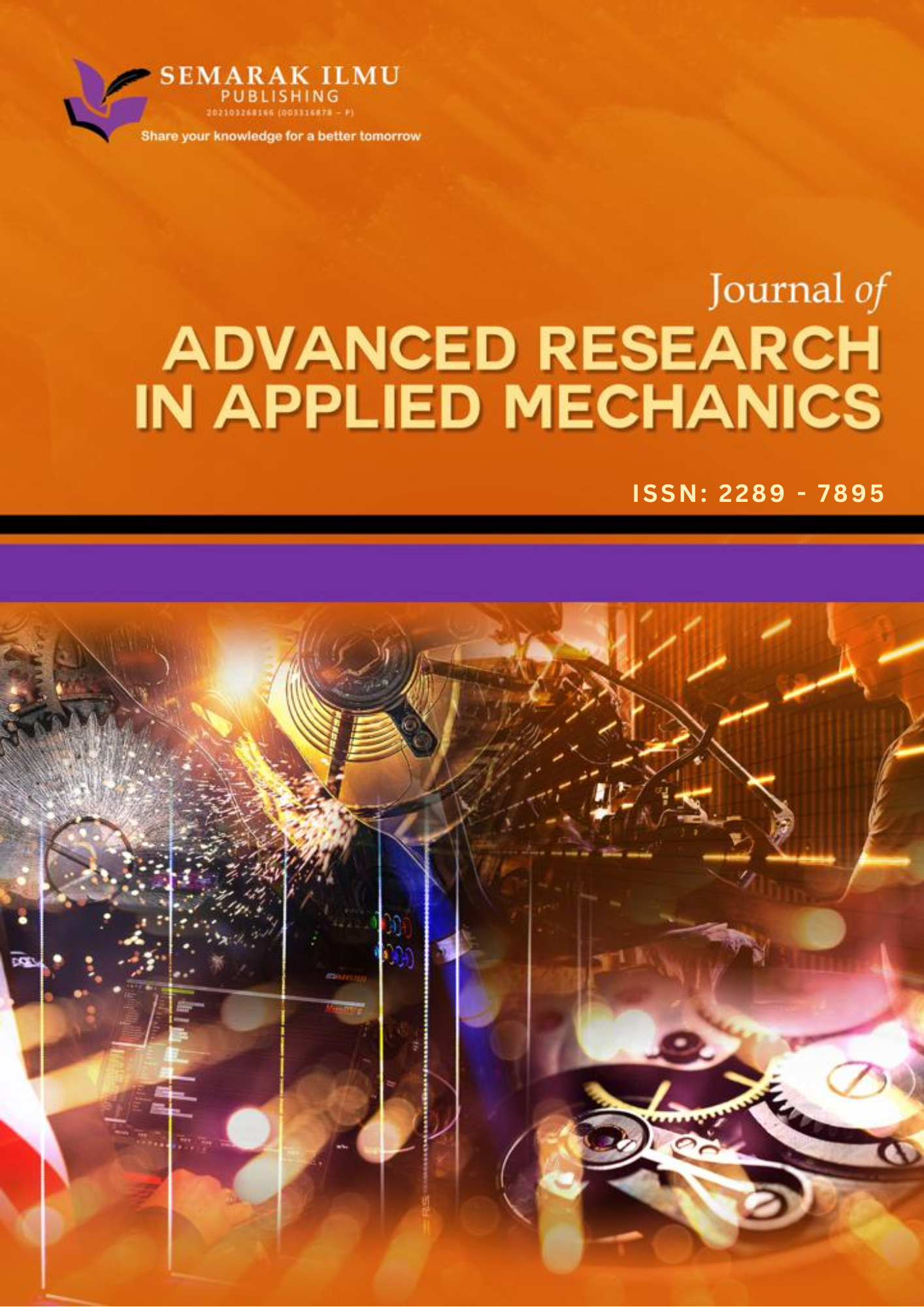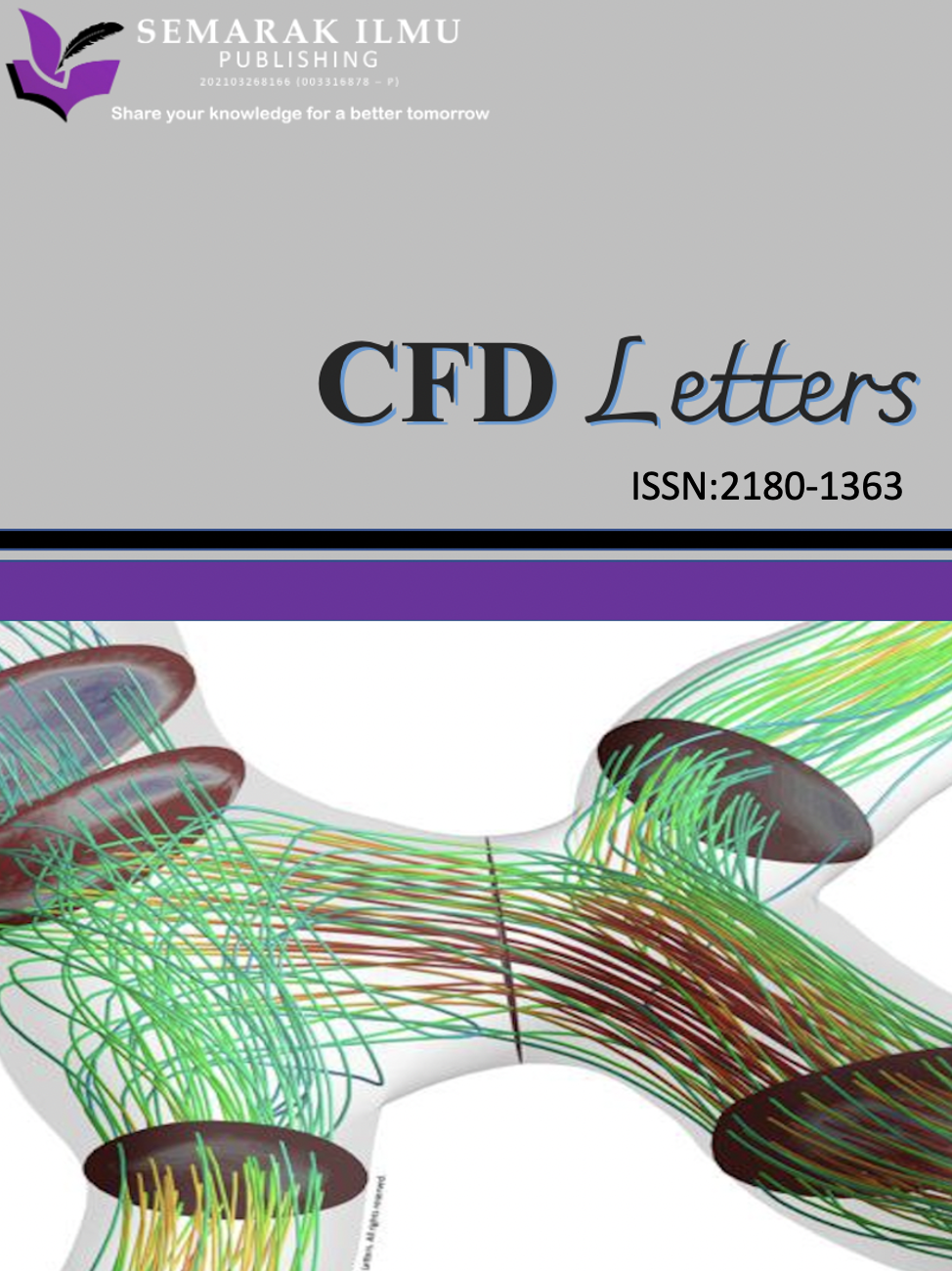Tin/Indium Electrodes for Liquid Ethanol Sensing at Various Concentrations
DOI:
https://doi.org/10.37934/ard.144.1.4354Keywords:
Ethanol sensor, tin/indium electrodes, electrodeposition, response ratio, sensor saturationAbstract
Ethanol is widely used in medical, industrial and environmental sectors, prompting a growing demand for accurate and real-time detection technologies. However, conventional tin (Sn)-based ethanol sensors face major limitations, including low selectivity, poor stability and delayed response times, especially at higher ethanol concentrations. To address these challenges, this study aims to enhance the sensing performance of Sn electrodes by modifying them with indium (In) through an electrodeposition method at three concentrations: 0.01 M, 0.03 M and 0.05 M. The fabricated Sn/In electrodes were characterized and evaluated using chronoamperometry under different ethanol concentrations (25%, 50% and 95% v/v). Results revealed that the 0.05 M In-modified electrode achieved the highest current response (~0.75 mA) and response ratio (~600 Rt/Ro) at 95% ethanol. In comparison, the 0.03 M In electrode exhibited superior sensitivity at lower concentrations. All electrodes demonstrated rapid response times within two minutes of exposure. These findings suggest that indium-modified Sn electrodes are highly promising for liquid-phase ethanol sensing applications, offering enhanced sensitivity and tunability based on dopant concentration.
Downloads























